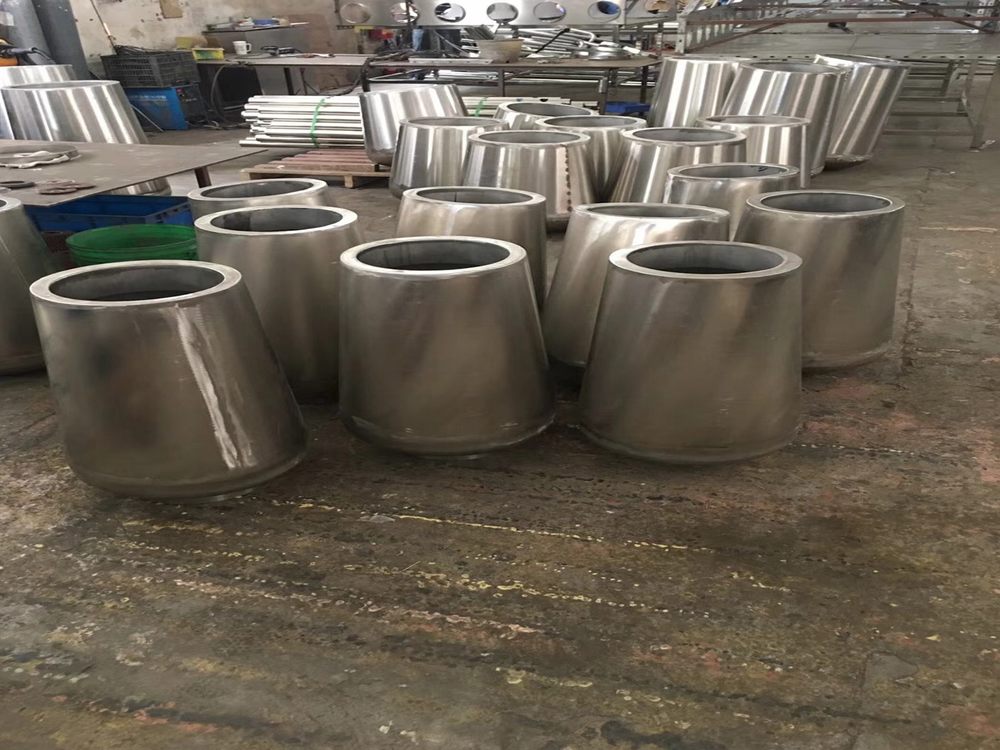
When it comes to creating unique metal sculptures, artists often choose between hand-textured and acid-etched surfaces to achieve distinct visual and tactile effects. These two techniques offer contrasting results in terms of aesthetics, durability, and artistic expression.
Hand-textured metal surfaces are created through physical manipulation using tools like hammers, chisels, or abrasives. This method allows for organic, irregular patterns that showcase the artist's personal touch. The resulting surface often has dimensional depth and varies depending on the force and tools used. Hand-texturing is particularly valued for its rustic, natural appearance and the direct connection it creates between the artist's hand and the artwork.
Acid-etched surfaces, by contrast, are produced through chemical processes where acid selectively removes metal to create precise, controlled patterns. Artists typically apply resist materials to protect certain areas before submerging the metal in acid. This technique yields more uniform, intricate designs with sharp definition. Acid etching excels at producing fine details and repeatable patterns, making it ideal for complex decorative elements.
The choice between these techniques depends on the desired artistic effect. Hand-texturing offers spontaneity and organic warmth, while acid etching provides precision and consistency. Both methods can be combined for mixed-media sculptures, allowing artists to explore a wider range of textures within a single piece. Understanding these differences helps collectors appreciate the technical skill behind metal sculptures and informs artists' decisions about surface treatments.

